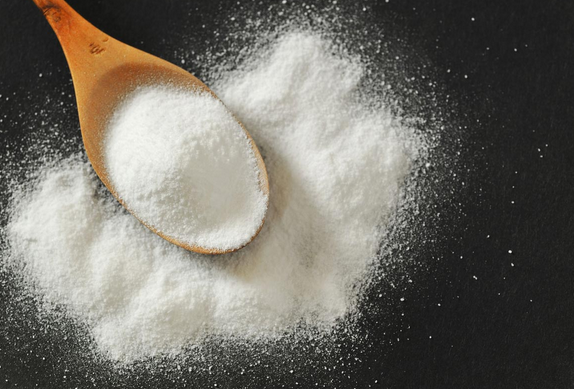 Bicarbonate (baking soda) makes sparkling water sparkle, causes bread to rise, absorbs odors and can be used for cleaning all sorts of stuff, including your teeth. In the body, it plays essential roles in buffering pH, aiding in digestion and neutralizing lactic acid produced during physical exertion. Much of the bicarbonate in our bodies comes from carbon dioxide, which is produced as a waste product in all cells, although some is ingested with carbonated beverages and certain types of foods.Now a new study from the Makino Laboratory at Massachusetts Eye and Ear/Harvard Medical School and colleagues at Salus University, describes how bicarbonate also alters how we see by modifying the visual signal generated by rod and cone photoreceptors that detect light. This study is described online in the Journal of Biological Chemistry.Within rods and cones, a small soluble molecule, cGMP, links photon absorption to the electrical activity of the photoreceptor. In the light, cGMP is destroyed and ion channels are closed. Positively charged sodium ions cease to enter the rod or cone and the membrane potential becomes more negative or hyperpolarized. Bicarbonate directly stimulates an enzyme called guanylate cyclase that synthesizes cGMP.
Bicarbonate (baking soda) makes sparkling water sparkle, causes bread to rise, absorbs odors and can be used for cleaning all sorts of stuff, including your teeth. In the body, it plays essential roles in buffering pH, aiding in digestion and neutralizing lactic acid produced during physical exertion. Much of the bicarbonate in our bodies comes from carbon dioxide, which is produced as a waste product in all cells, although some is ingested with carbonated beverages and certain types of foods.Now a new study from the Makino Laboratory at Massachusetts Eye and Ear/Harvard Medical School and colleagues at Salus University, describes how bicarbonate also alters how we see by modifying the visual signal generated by rod and cone photoreceptors that detect light. This study is described online in the Journal of Biological Chemistry.Within rods and cones, a small soluble molecule, cGMP, links photon absorption to the electrical activity of the photoreceptor. In the light, cGMP is destroyed and ion channels are closed. Positively charged sodium ions cease to enter the rod or cone and the membrane potential becomes more negative or hyperpolarized. Bicarbonate directly stimulates an enzyme called guanylate cyclase that synthesizes cGMP.
Read the rest of the article at http://www.medicalnewstoday.com/releases/291082.php.